Collaboration Across Industries
Collaboration among various stakeholders is emerging as a key driver in the Recycled Natural Fibers Market. Partnerships between textile manufacturers, recycling companies, and research institutions are fostering innovation and improving recycling processes. These collaborations are essential for developing new technologies and materials that enhance the quality of recycled fibers. Additionally, industry alliances are working towards establishing standardized practices for recycling, which can streamline operations and improve efficiency. The Recycled Natural Fibers Market is likely to benefit from these collaborative efforts, as they can lead to increased investment and shared knowledge. This synergy not only enhances the overall market landscape but also promotes a more sustainable approach to fiber production and consumption.
Supportive Regulatory Frameworks
The Recycled Natural Fibers Market benefits from an increasingly supportive regulatory environment. Governments are implementing policies and regulations aimed at promoting recycling and reducing waste. Initiatives such as extended producer responsibility (EPR) and incentives for using recycled materials are encouraging manufacturers to adopt sustainable practices. For instance, several countries have set ambitious targets for recycling rates, which directly impacts the demand for recycled natural fibers. The market is projected to see a significant boost as compliance with these regulations becomes essential for businesses. This regulatory support not only fosters innovation within the Recycled Natural Fibers Market but also enhances consumer confidence in recycled products, further driving market growth.
Rising Awareness of Environmental Impact
There is a growing awareness of the environmental impact of textile production, which is significantly influencing the Recycled Natural Fibers Market. Consumers are becoming more informed about the detrimental effects of conventional fiber production, such as water pollution and high carbon emissions. This awareness is prompting a shift towards recycled natural fibers, which are perceived as a more sustainable alternative. The market is witnessing an increase in brands that emphasize their commitment to sustainability by incorporating recycled materials into their products. As a result, the Recycled Natural Fibers Market is likely to expand, with projections indicating a potential increase in market size by 30% over the next decade. This trend reflects a broader societal shift towards sustainability and responsible consumption.
Increasing Demand for Sustainable Products
The Recycled Natural Fibers Market is experiencing a notable surge in demand for sustainable products. Consumers are increasingly prioritizing eco-friendly options, leading to a shift in purchasing behavior. This trend is reflected in the growing market for recycled natural fibers, which is projected to reach a valuation of approximately USD 5 billion by 2027. The rising awareness of environmental issues, coupled with a desire for sustainable fashion, is driving brands to incorporate recycled materials into their offerings. As a result, manufacturers are investing in innovative processes to enhance the quality and appeal of recycled fibers, thereby expanding their market share. This increasing demand not only supports the growth of the Recycled Natural Fibers Market but also encourages a circular economy, where materials are reused and repurposed, reducing waste and environmental impact.
Technological Innovations in Fiber Recycling
Technological advancements play a pivotal role in the Recycled Natural Fibers Market. Innovations in recycling processes, such as advanced sorting technologies and chemical recycling methods, are enhancing the efficiency and effectiveness of fiber recovery. These technologies enable the extraction of high-quality fibers from post-consumer waste, which can then be transformed into new products. The market for recycled natural fibers is expected to grow at a compound annual growth rate (CAGR) of around 8% over the next five years, driven by these technological improvements. Furthermore, the integration of automation and artificial intelligence in recycling facilities is streamlining operations, reducing costs, and increasing output. As these technologies continue to evolve, they are likely to bolster the Recycled Natural Fibers Market, making it more competitive and sustainable.



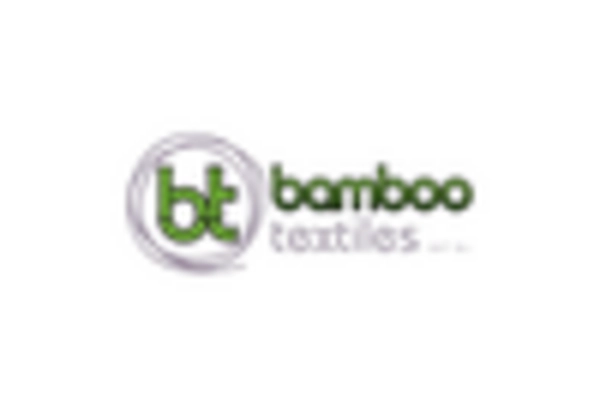
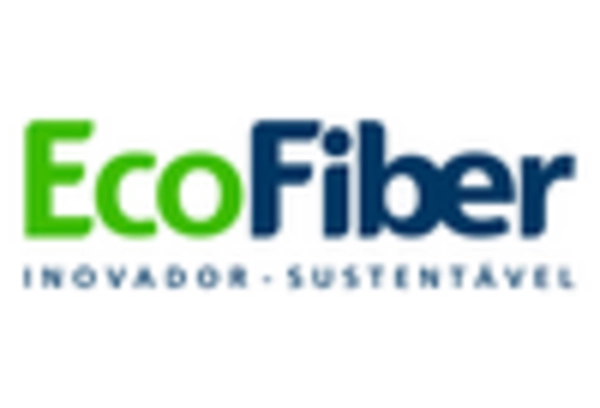
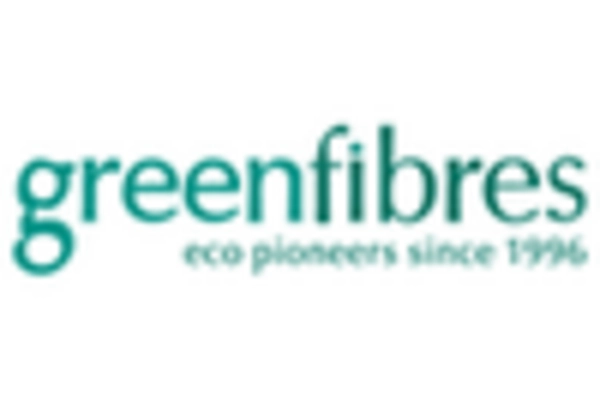
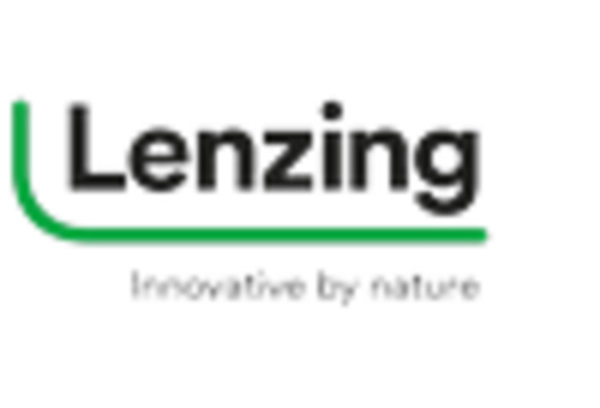
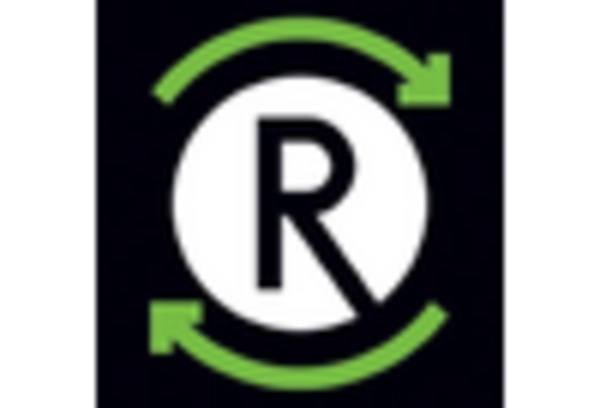









Leave a Comment